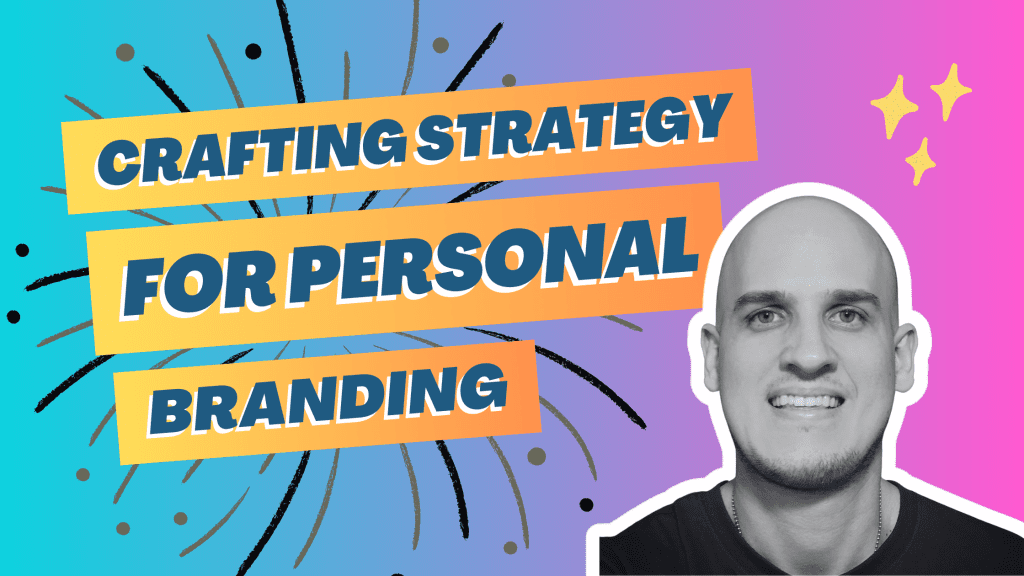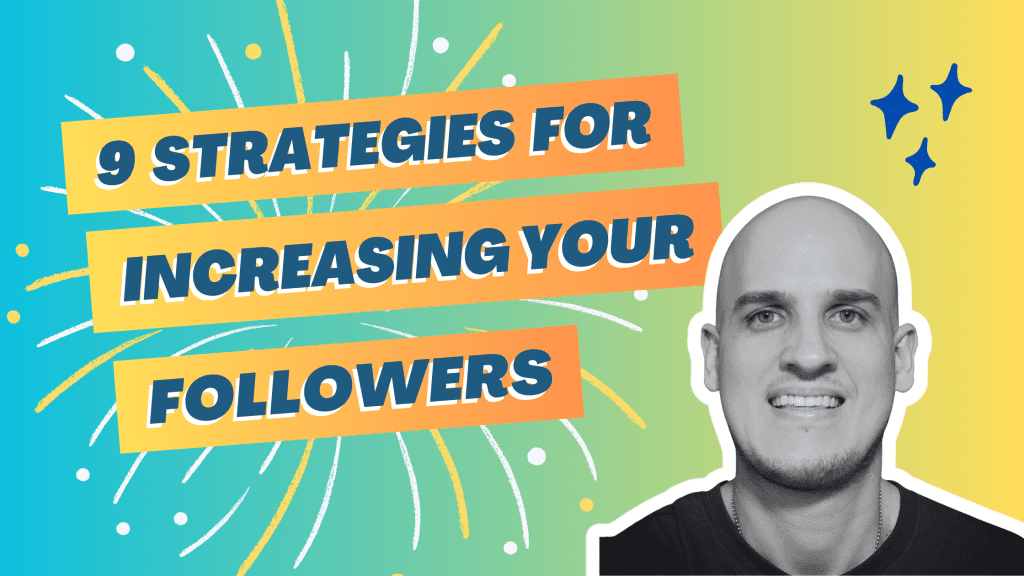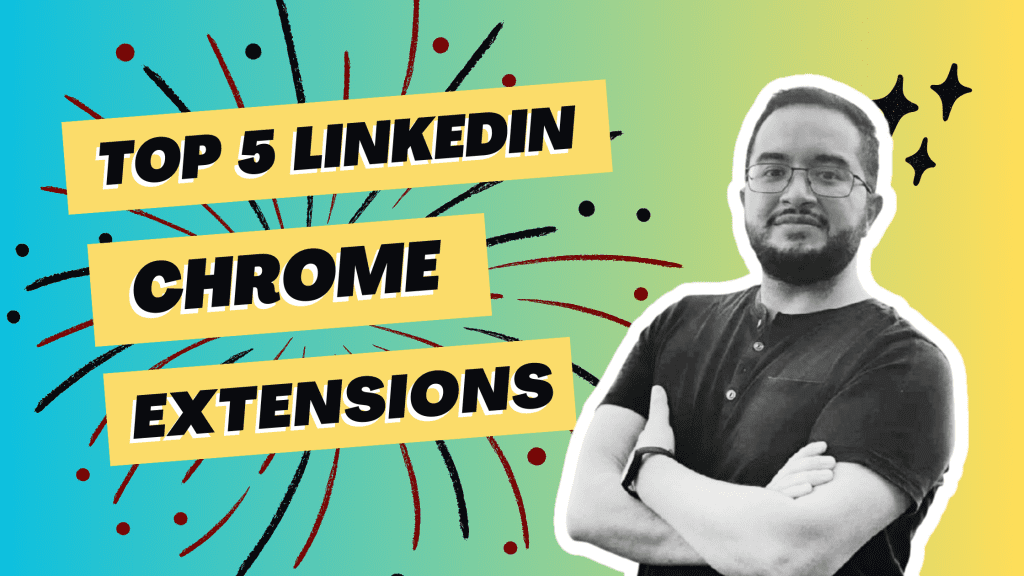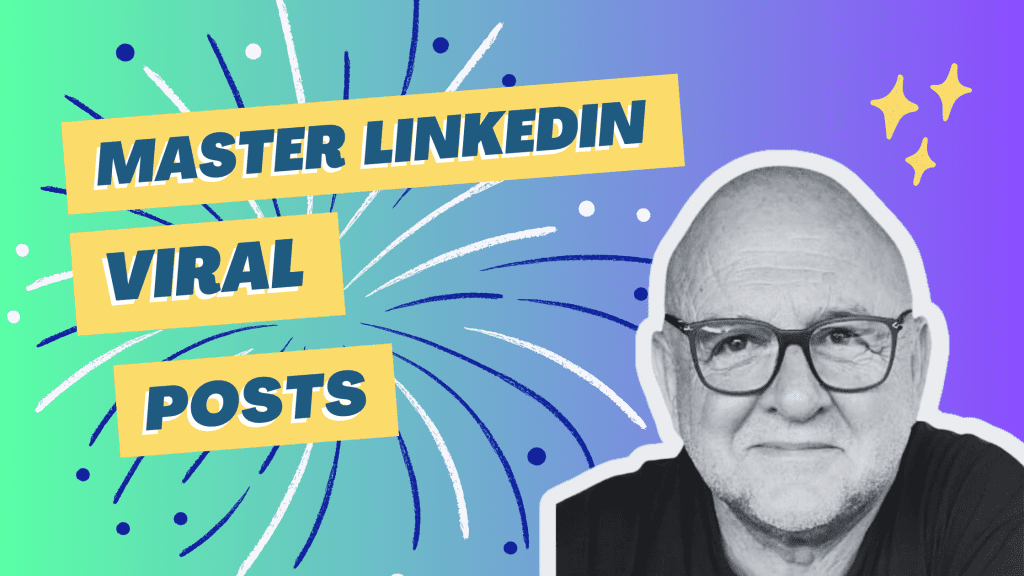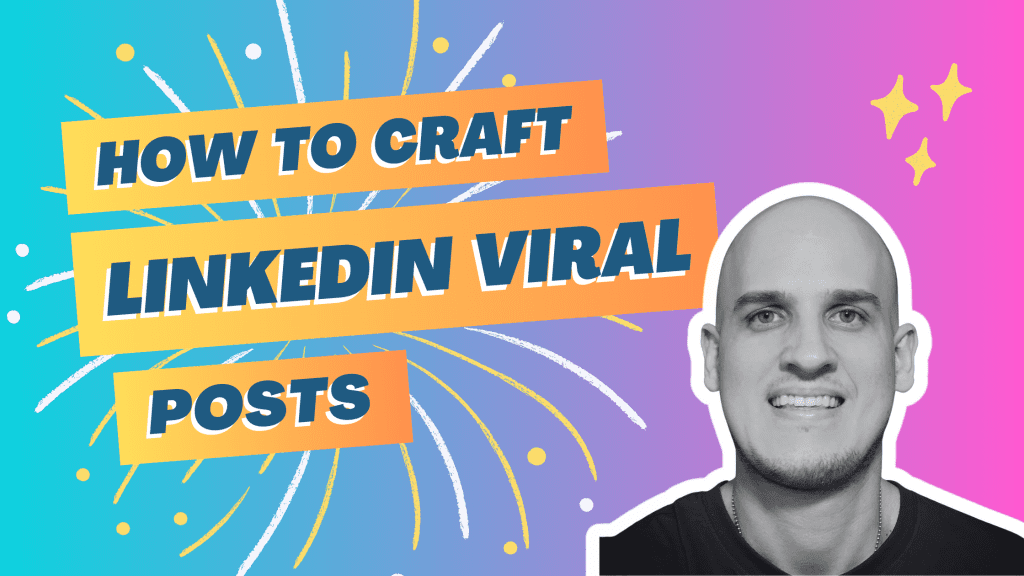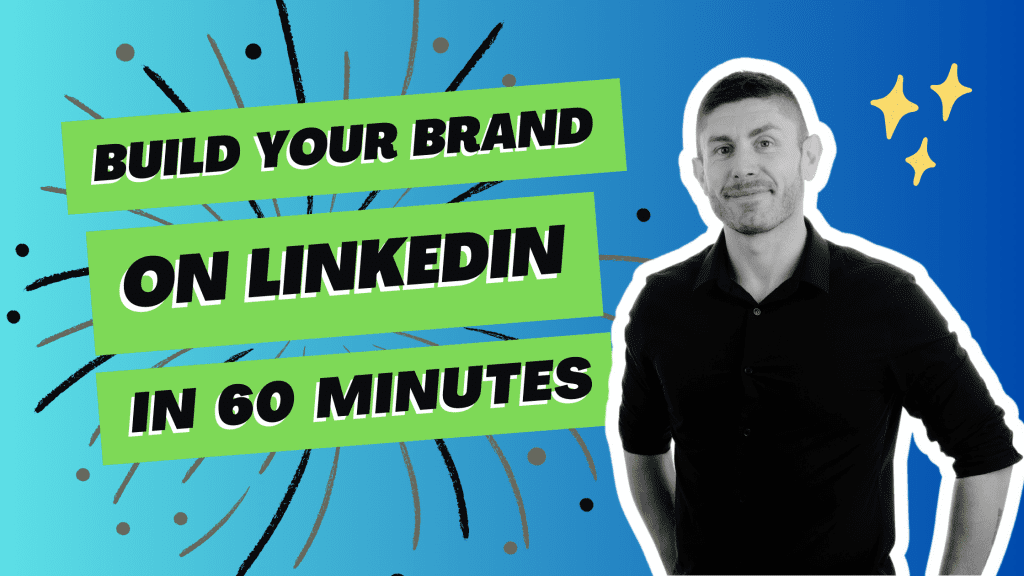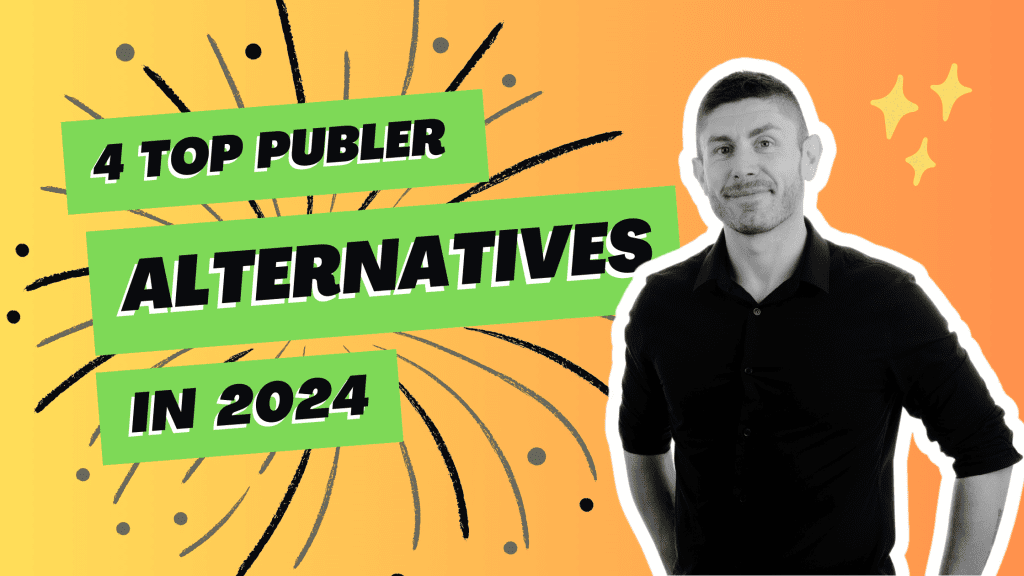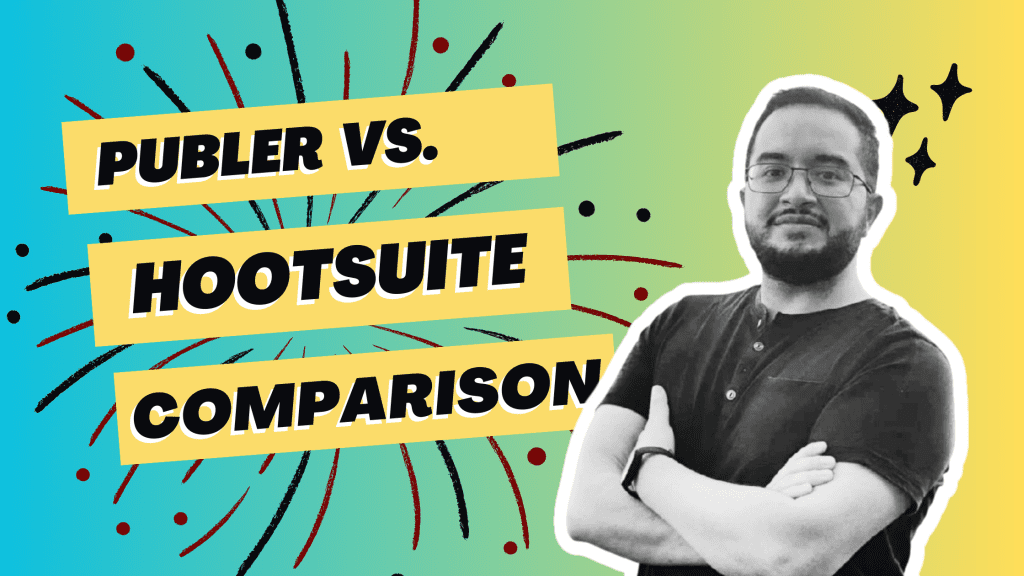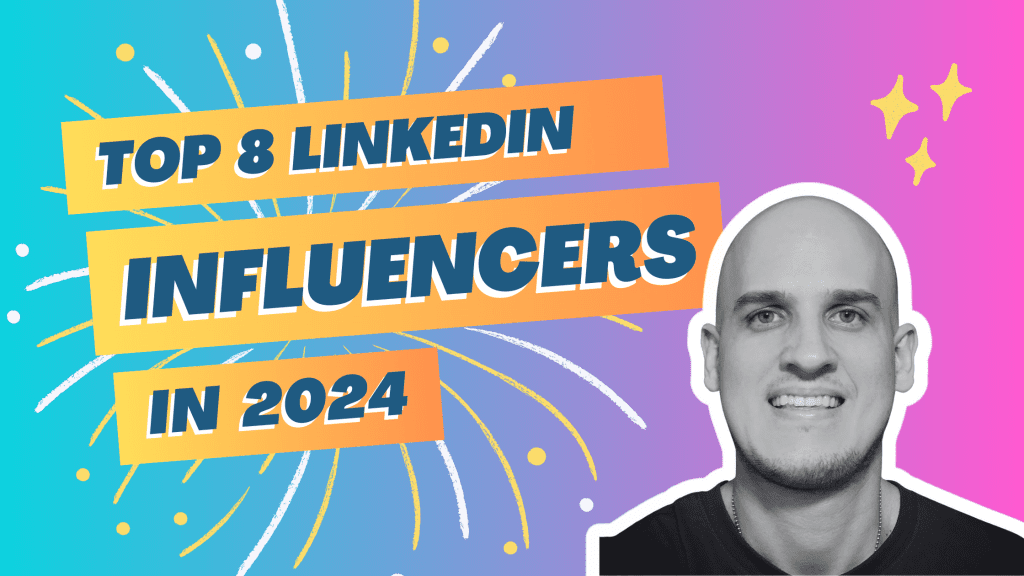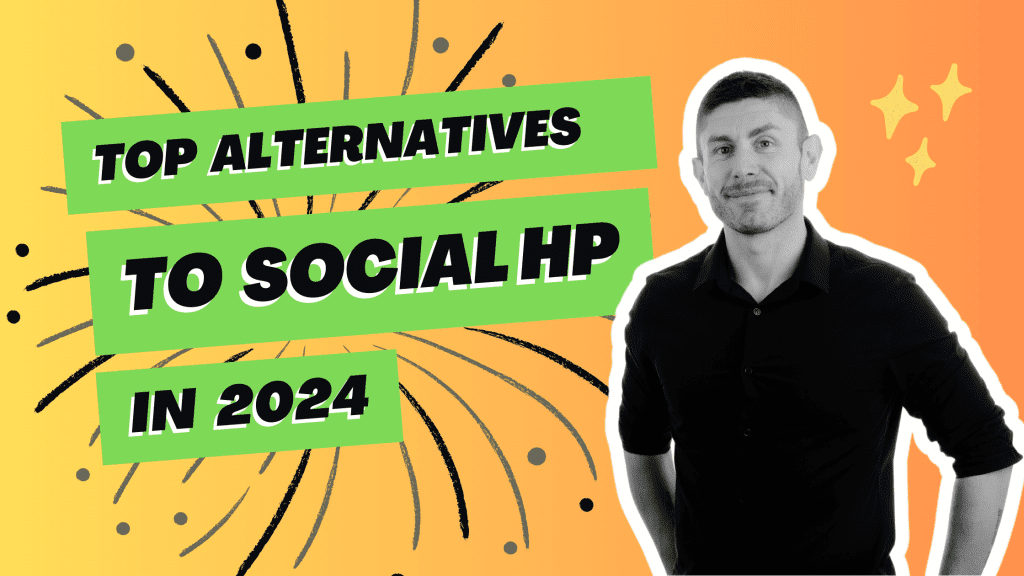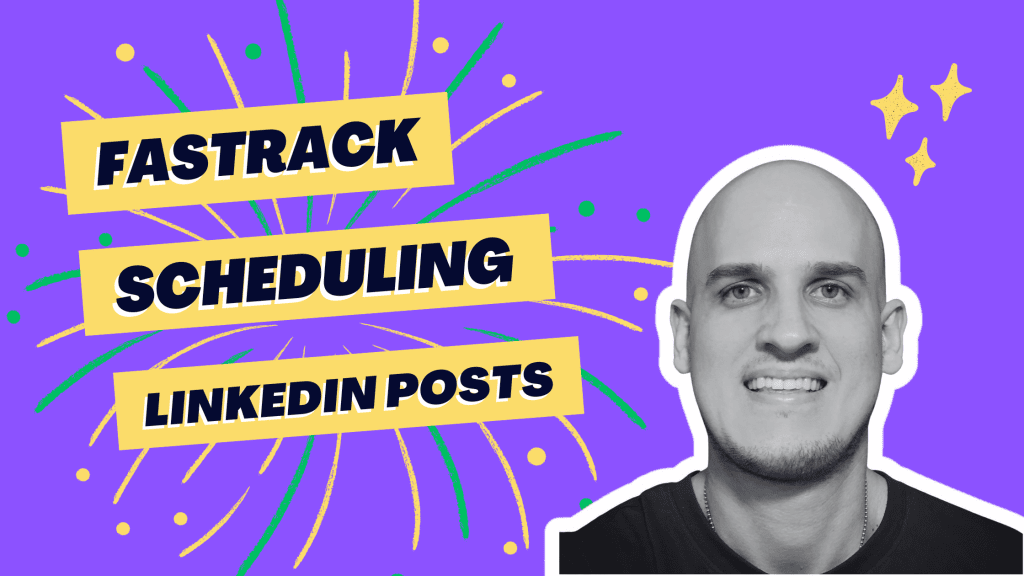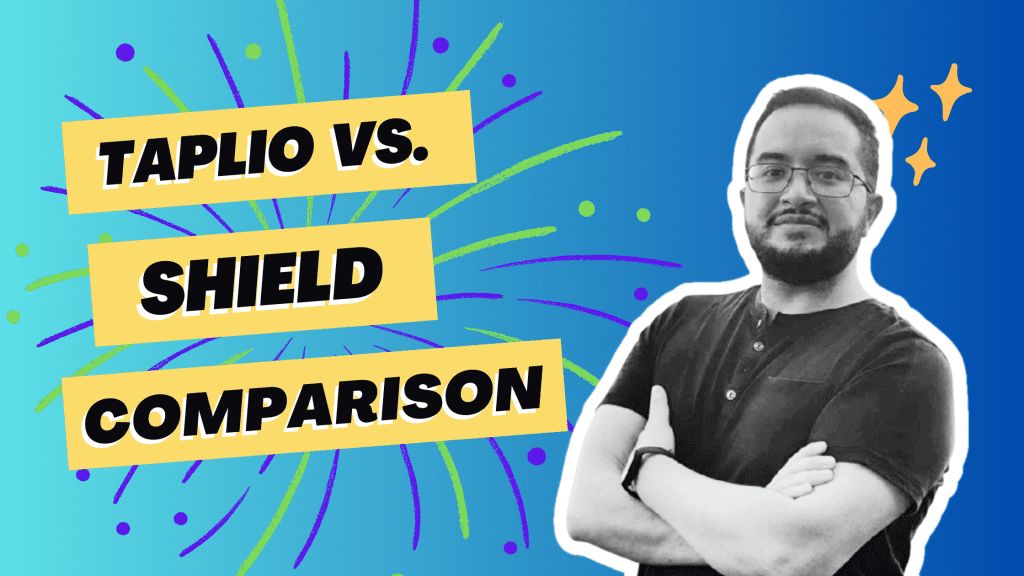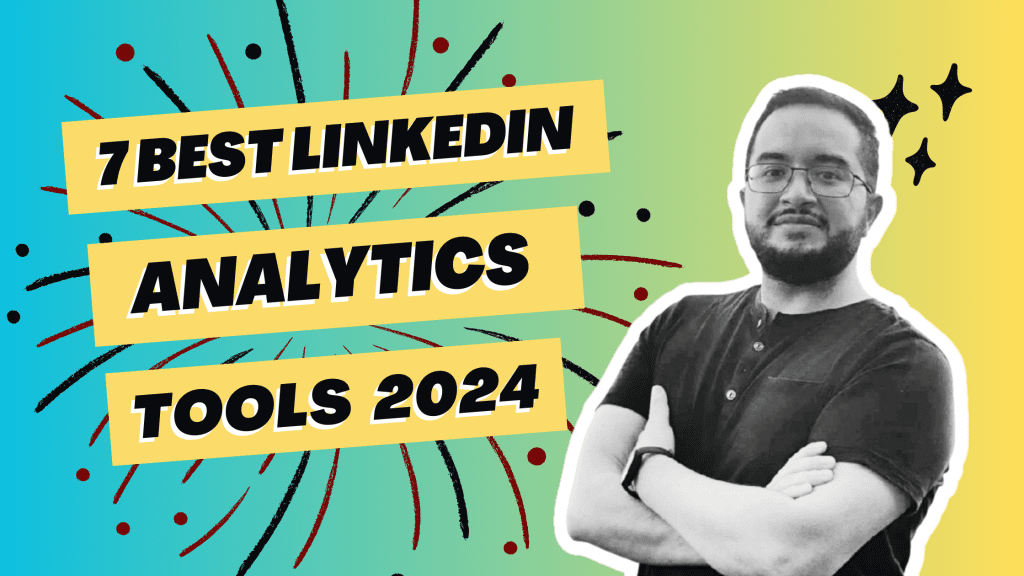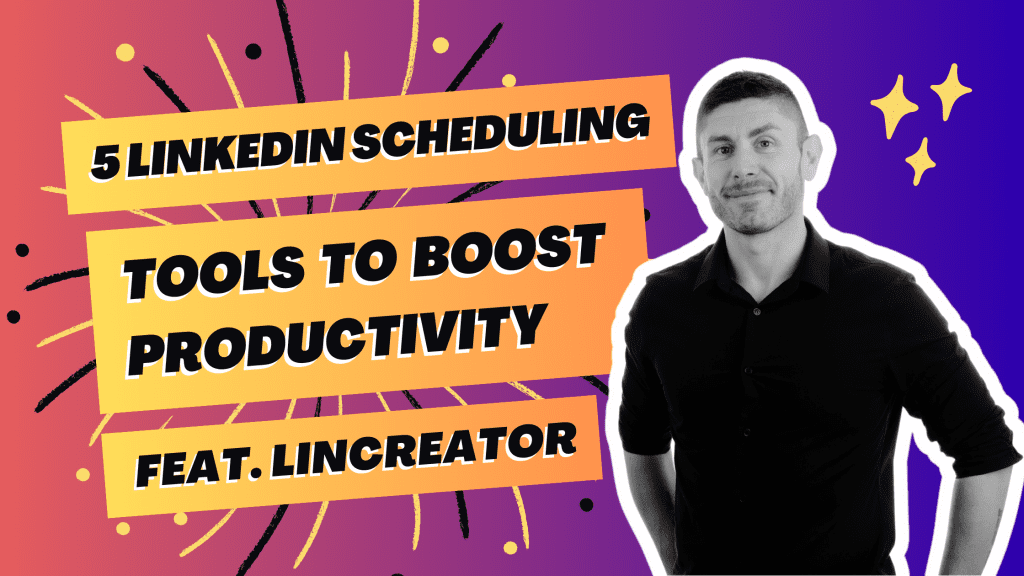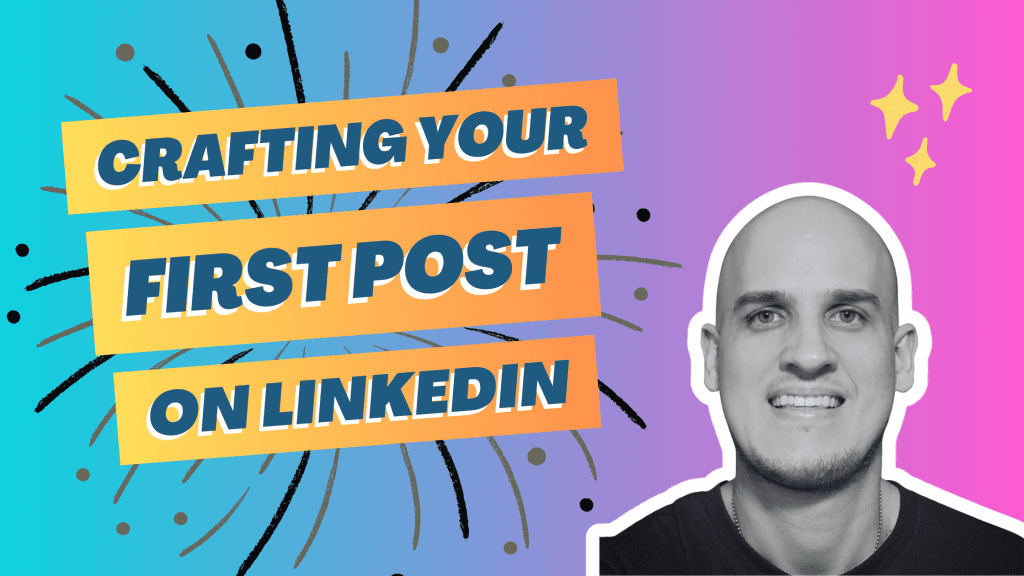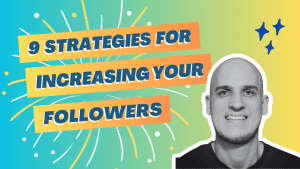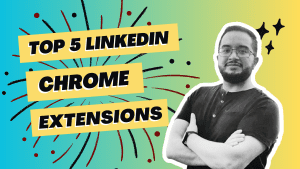In the digital age, personal branding on LinkedIn with infographics, hashtags, and newsletters transcends mere profile updates and social media. It demands a deliberate content strategy that positions your personal brand as an industry thought leader, resonates with your target audience, and opens doors to professional job opportunities within your niche. This guide lays out a step-by-step approach to crafting a robust LinkedIn content strategy tailored for personal branding, complete with practical examples, infographics, ideas, and hashtags for your target audience. By integrating these ideas into your LinkedIn posts and personal brand, you can enhance visibility and establish credibility with your target audience in your field.
Navigating the nuances of effective communication, including building a personal brand and using hashtags, on this platform is key to engaging with an audience, peers, and influencers alike. Our comprehensive walkthrough ensures that every post, comment, and share aligns with your career goals and personal brand while resonating with your network—transforming connections into valuable relationships with people who follow your ideas.
Key Takeaways
Personal branding on LinkedIn is about strategically crafting and sharing content that showcases your professional expertise and values, enhancing your visibility and credibility.
To build an effective LinkedIn content strategy, focus on developing a content plan that aligns with your personal brand goals and consistently delivers value to your audience.
Optimize your LinkedIn profile to serve as a strong foundation for your content strategy; a well-crafted profile can attract the right audience and reinforce your professional narrative.
Regular engagement with your network through meaningful conversations and interactions can amplify your reach and strengthen relationships, making your content strategy more effective.
Utilize LinkedIn’s content tools and features, such as articles, posts, and videos, to diversify your content and maintain the interest of your audience.
Stay informed about LinkedIn’s algorithm to ensure your content gains maximum visibility, and continuously track and optimize your performance to refine your strategy over time.
Understanding Personal Branding
Importance in 2024
Personal branding has become crucial in 2024. It mirrors the evolving professional standards, personal brand, ideas, and way that shape today’s work environment and its people. Professionals now use personal branding as a way to stand out and stay ahead with their ideas among their audience. LinkedIn, with its latest features, plays a key role in the way people post and build their personal brand here.
A strong personal brand on LinkedIn helps you adapt to the changing job market dynamics, engaging with your audience through posts and building connections with people. Employers look for candidates who not only have skills but also a clear professional identity and a strong personal brand. Your LinkedIn content strategy should reflect these new demands.
Reflects evolving professional standards.
Integrates latest LinkedIn features.
Adapts to changing job market dynamics.
Building Trust
Your content is a window into your authenticity and personal brand as a professional, helping people understand what you stand for. Crafting genuine posts shows people who you are beyond your resume and helps build your personal brand. This fosters trust among peers and potential employers.
By sharing insights and experiences within your niche, you help people and demonstrate expertise through your post. A focused approach ensures that every post reinforces your authority in the field and helps people.
Consistent messaging across all posts builds credibility over time:
Showcases authenticity through content.
Demonstrates expertise in niche areas.
Builds credibility with consistent messaging.
Enhancing Visibility
Visibility on LinkedIn can be boosted through strategic SEO practices for profiles, content, and posts alike, helping people.
Leverages SEO for profile discoverability.
Utilizes rich media to stand out.
Engages with trending topics for relevance.
Using rich media like images and videos helps your profile pop against text-heavy ones and makes your posts more engaging to people. Remember, engaging visuals attract more views and interactions to your post than plain text alone does!
Engaging with trending topics keeps you relevant: It shows that you’re up-to-date with industry trends which adds value to your personal brand.
Crafting a LinkedIn Content Strategy
Setting Goals
Defining clear personal branding objectives is crucial in crafting your LinkedIn content strategy to help people engage with your posts. It starts with asking yourself what you want to achieve. Are you looking to become an industry thought leader? Do you wish to network more effectively? Or are you on the hunt for new career opportunities? Once these goals are set, aligning your content strategy with your career aspirations and reaching the right people through your posts becomes much easier.
Your LinkedIn content should serve as a roadmap, guiding viewers towards understanding who you are professionally and what you post. To track progress, establish specific Key Performance Indicators (KPIs). These could include metrics like profile views, post engagement rates, or connection requests received. Measuring success through KPIs helps refine strategies over time.
Identifying Audience
Understanding who comprises your audience lays the foundation for any successful LinkedIn post content strategy. Start by pinpointing professionals within your target industry who would benefit most from interacting with your brand. Consider their pain points and interests; this knowledge allows for crafting messages that resonate deeply.
Tailoring content to match the career levels of your audience ensures relevance and impact. For instance, entry-level professionals might seek advice on skill development while senior executives may value insights into industry trends or leadership strategies. By addressing these needs directly, each piece of content can foster stronger connections with different segments of your professional circle.
Establishing Pillars
Determining core themes is akin to setting up pillars that support the structure of a building—vital for maintaining focus and consistency in personal branding efforts on LinkedIn. These themes represent areas where you have expertise or interest and will form the basis around which all other content revolves.
A well-rounded approach includes both promotional posts about personal achievements and educational material that provides value to others — striking a balance between self-promotion and contributing useful information helps build credibility without coming across as self-centered. Creating a consistent voice across posts further cements these pillars of personal branding; it’s not just about what topics you discuss but how they’re presented—whether it’s authoritative yet approachable or formal but friendly—that shapes public perception.
Developing Your Content Plan
Generating Topics
To build a strong LinkedIn content strategy, generating topics is crucial. Start by brainstorming issues relevant to your industry. Think about challenges people face and how you can provide solutions. This could lead to a wealth of content ideas.
For example, if you’re in digital marketing, consider writing about the latest SEO techniques or social media trends. Incorporate your own experiences too. Sharing personal insights adds authenticity and can set you apart from others.
Mix evergreen content with timely posts. Evergreen content remains useful over time, like tips on networking effectively. Timely content might cover recent changes in your field or upcoming events.
Brainstorm industry challenges
Share personal experiences
Balance evergreen with timely posts
By doing this, you create a varied and engaging plan that appeals to a broad audience while showcasing your expertise.
Comprehensive Plan
Once topics are chosen, map out a content calendar. This helps organize when to post what topic for maximum impact on LinkedIn.
Consider seasonal events within your industry as well; plan ahead for these times by preparing related posts early on. For instance, accountants might focus on tax preparation tips leading up to tax season.
Allocate resources for regular updates too—consistency is key in maintaining engagement and building your brand presence online.
Here’s an example of planning:
Identify major industry events.
Schedule posts around these dates.
Set aside time weekly for creating new content.
With careful planning and resource allocation, you’ll ensure that there’s always fresh material ready for sharing with your network.
Optimizing Your LinkedIn Profile
SEO Enhancement
To make your LinkedIn profile stand out, start by researching keywords. Look for terms related to your personal brand. Then, use these keywords in your headlines and descriptions. This makes it easier for the right people to find you.
Optimizing a LinkedIn profile is like optimizing a website for Google search. You want to be visible when someone searches for skills or expertise that match yours. Include relevant skills in your profile and seek endorsements from colleagues. These steps improve how often you appear in search results.
For example, if you’re an expert in digital marketing, ensure this phrase appears prominently on your page. Ask peers who know your work well to endorse you for digital marketing-related skills.
Profile Optimization
Your LinkedIn should show all of its sections complete. This includes experience, education, licenses & certifications and volunteer work.
Updating accomplishments shows growth over time. For instance, add new projects or roles as soon as possible after they begin.
Recommendations are powerful on LinkedIn profiles too—like reviews on a business page—they can sway opinions favorably towards you.
Ask former managers or clients to write testimonials about their experiences working with you. Display these recommendations where visitors will see them easily. Doing so adds credibility and trustworthiness to your personal branding efforts on the platform.
Engaging with Your Network
Growing Network
Building a professional network on LinkedIn is crucial for personal branding. To grow your network effectively, focus on connecting with both industry leaders and peers. These connections can lead to career advancement and open doors to new job opportunities.
Start by sending personalized connection requests. A custom message shows you’re genuinely interested in connecting. It’s more effective than a generic invite.
Participate in groups related to your field. Share insights and engage in discussions here. This helps establish you as an active member of your professional community.
Engaging Influencers
Influencers can amplify your presence on social media platforms like LinkedIn. First, identify the key opinion leaders within your industry.
Once identified, reach out to collaborate on content that benefits both parties. For example, co-author an article or host a joint webinar.
Leveraging Content Tools
Content Scheduling
Crafting a LinkedIn content strategy for personal branding involves not just creating engaging content but also knowing when to share it. Content scheduling is key. It helps you post during optimal times for engagement. This means your valuable content gets the attention it deserves.
By planning, you can maintain a balance between quality and frequency of posts. Too much content can overwhelm followers while too little may cause them to forget you. Find your rhythm and stick with it.
You should always be ready to adjust your schedule based on analytics feedback. If certain posts perform better at specific times, reshuffle your calendar accordingly.
Plans optimal posting times
Balances quality and frequency
Adjusts based on feedback
Utilizing Hashtags
Hashtags are powerful tools in amplifying the reach of LinkedIn content for personal branding. Select trending hashtags relevant to your industry or topic; they help increase visibility among users interested in those areas.
Creating branded hashtags for campaigns can foster community and make it easier to track engagement with your brand’s narrative over time.
Remember, monitor hashtag performance regularly. This allows you to see which ones resonate most with audiences so that future strategies can be more focused.
Understanding LinkedIn’s Algorithm
Post Structure
Crafting compelling headlines is crucial. They grab attention fast. Your headline should make a promise or offer insights that compel users to read on. For example, “5 Unconventional Strategies That Will Elevate Your LinkedIn Presence” piques interest immediately.
Structuring posts for readability is also key. Use bullet points and short paragraphs to break up text. This aids in skimming, which many LinkedIn users do before deciding to engage further with content.
Include calls-to-action (CTAs) at the end of your posts. CTAs encourage readers to interact by commenting, sharing, or following you for more insights.
Craft compelling headlines: Capture attention quickly.
Structure for readability: Use bullet points and short paragraphs.
Calls-to-action: Encourage engagement from readers.
Creating Hooks
Opening with an intriguing question can hook readers instantly. Questions like “Have you ever wondered how top influencers succeed on LinkedIn?” draw readers into a conversation right away.
Using storytelling connects emotionally with your audience. Share personal experiences or case studies to illustrate your points vividly and memorably.
Introduce fresh perspectives on common topics to stand out. Instead of rehashing familiar advice about networking, present a new angle or challenge conventional wisdom.
To recap:
Start with intriguing questions or statements.
Use storytelling for emotional connections.
Offer new perspectives on common issues.
Tracking and Optimizing Performance
Tracking Metrics
To measure the success of your LinkedIn content strategy, tracking key metrics is essential. Engagement levels can be gauged by monitoring likes, shares, and comments on each post. These interactions provide a clear picture of how compelling your content is to your audience.
Assessing follower growth trends over time helps you understand if your personal brand is gaining traction. A steady increase in followers indicates that people find value in what you share. On the other hand, stagnant or declining numbers might signal a need for strategy adjustment.
Profile views are another critical metric to track after publishing content. An uptick in profile views suggests that your posts are generating interest and prompting viewers to learn more about you professionally.
Monitor likes, shares, comments for engagement.
Analyze follower growth trends.
Evaluate profile views post-publishing.
By keeping an eye on these indicators, you can gather valuable feedback from your audience’s behavior.
Performance Optimization
Once you have gathered data through tracking metrics, it’s time to optimize performance based on those insights. If certain types of posts garner more engagement than others, consider refining your content strategy accordingly. This iterative process ensures that every piece of content serves the purpose of enhancing your personal brand effectively.
Do not hesitate to experiment with various content formats such as articles, videos or images on LinkedIn. Each format has its own set of strengths and may resonate differently with different segments of your audience.
It’s also crucial to stay up-to-date with platform algorithm changes which could affect how often and prominently your content appears in user feeds. Adapting swiftly will help maintain visibility among potential connections and industry peers alike.
Refine content based on engagement data insights.
Test different formats: articles, videos images.
Update strategy for algorithm changes
Maximizing Engagement Strategies
Collaborative Articles
Crafting a LinkedIn content strategy for personal branding involves more than just individual efforts. One effective approach is to co-author articles with other professionals. This can significantly expand your reach and introduce your brand to new audiences. By collaborating, you create a synergy that combines different skill sets and knowledge bases.
When you share the behind-the-scenes of these collaborations, it engages your audience further. They get a glimpse into how professionals work together, which can be both inspiring and educational. It’s not only about the final product but also the journey there.
Highlighting diverse viewpoints within the industry is another benefit of collaborative articles. It shows that you value different perspectives and are open to learning from others. This inclusivity can make your personal brand more relatable and respected in your field.
Visibility and Engagement
To keep followers interested, it’s essential to encourage interaction through thought-provoking questions in posts. Asking questions invites dialogue and makes followers feel their opinions are valued. For example, after sharing an article on marketing strategy trends, ask readers what trend they find most impactful.
Sharing user-generated content is another tactic that aligns well with personal brand values while increasing visibility. When someone mentions or tags your brand in their content, consider featuring it on your profile (with permission). This not only showcases real-life applications of your expertise but also builds community by recognizing contributors’ efforts.
Prompt responses to comments are crucial for fostering community building as well; they show that you’re attentive and care about engaging with those who take time to interact with your content.
Final Remarks
Crafting a LinkedIn content strategy for personal branding is an intricate process that demands attention to detail and a strategic approach. This guide has provided a comprehensive roadmap, from understanding the nuances of personal branding to maximizing engagement strategies. The synthesis of these sections equips professionals with the knowledge to develop a robust content plan, optimize their LinkedIn profile, and engage effectively with their network, all while leveraging the platform’s tools and algorithm.
To solidify your online presence and capitalize on LinkedIn’s potential for personal branding, it is essential to track performance and continually optimize your strategy. Take action today by reviewing your LinkedIn profile, refining your content plan, and engaging with your network. Elevate your personal brand to new heights—start implementing these strategies for a more dynamic and impactful LinkedIn presence.
Frequently Asked Questions
What is personal branding on LinkedIn?
Personal branding on LinkedIn involves creating a unique professional identity that showcases your skills, experience, and values to network and build credibility within your industry.
How do I create a content strategy for LinkedIn?
Crafting a content strategy for LinkedIn requires identifying goals, understanding the target audience, and planning consistent, valuable content that aligns with your personal brand.
What should be included in my LinkedIn content plan?
Your LinkedIn content plan should include topics relevant to your expertise, types of posts (articles, videos), posting frequency, and engagement tactics.
Why is optimizing my LinkedIn profile important?
Optimizing your LinkedIn profile is crucial as it serves as the first impression to connections. It increases visibility and reinforces your professional brand.
How can I effectively engage with my network on LinkedIn to enhance my personal brand and career advancement through engaging content on social media?
Engage with your network by consistently sharing insightful content, commenting on others’ posts thoughtfully, and participating in group discussions related to your industry.
Which tools can help me manage my Linkedin Content Strategy for my personal brand, professional network, and social media newsletters?
Leveraging tools like scheduling software or analytics platforms can assist in managing posts efficiently while tracking performance metrics for optimization.
How does understanding the algorithm provide valuable insights to improve my visibility and profile views on LinkedIn through engaging content?
Understanding how the platform’s algorithm works enables you to tailor content for better reach and engagement thus increasing visibility among peers.

